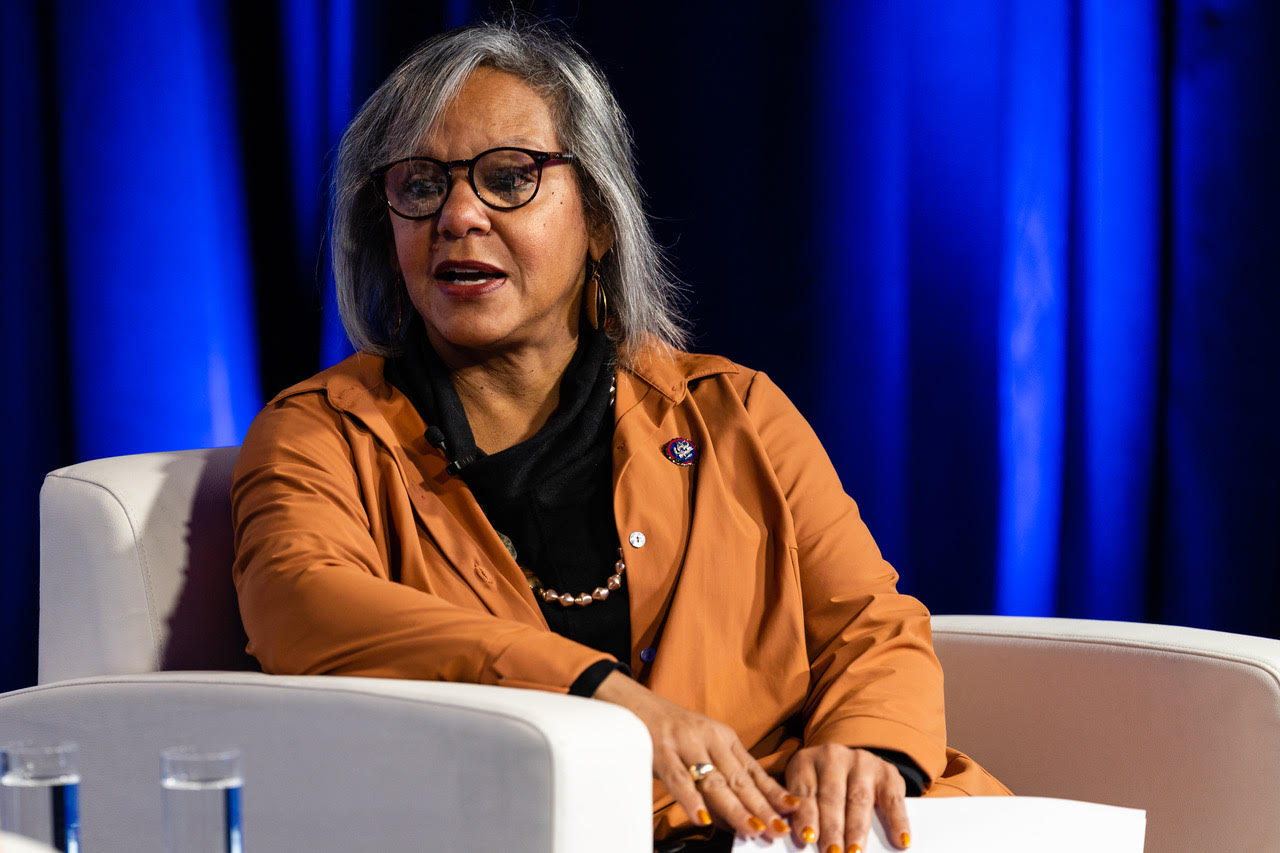Northwestern Medicine sports medicine expert offers injury prevention tips for throwing athletes
CHICAGO–(ENEWSPF)–June 16, 2014. With summer approaching, youth baseball and softball leagues are getting into full swing across the Chicago area. As these leagues become increasingly competitive, training and conditioning takes on even greater importance for young athletes. Northwestern Medicine® sports medicine specialist Sakina Kadakia, MD, offers her expertise on the importance of practicing proper throwing technique and recognizing overuse symptoms to help parents protect their young athletes from injury.
“Overuse injuries are common with young athletes, particularly those involved in throwing sports, though these types of injuries can occur at any age and with any sport,” said Kadakia, who practices at the Northwestern Medicine Glenview Outpatient Center and is on staff at Lake Forest Hospital. “One reason that we’re seeing a rise in overuse injuries is because young athletes are continuing to condition throughout the winter instead of having an off-season. Parents need to be aware of their child’s daily athletic routine and assure that they are not over doing it.”
Repetitive stress on tendons, muscles, bones or joints can cause slowly developing injuries that may initially appear as minor, but if not addressed can be serious and debilitating. Throwing athletes, such as pitchers, are at highest risk for overuse injuries in their elbows and shoulders. Extensive throwing by a young athlete can damage the growth plates in the arm leading to a condition called little leaguer’s elbow or shoulder, a chronic inflammation of the growth plate.
“If an athlete feels chronic pain on the inside of the elbow, this can be a sign of little leaguer’s elbow,” said Kadakia. “If there is any difficulty performing normal throwing or locking or instability in the elbow, the player should immediately cease activity and should receive medical care.”
If not treated, this increased strain can stress the soft tissue attachments to the bone, leading to abnormalities at the growth plate, small tears of ligaments, and even breaking down of the bone.
“What might start as slight discomfort can turn into a season ending or even lifelong injury when not addressed and the athlete is not adequately rested,” said Kadakia.
Following a stretching and condition program, as well as an emphasis on proper technique and making sure young athletes get enough rest can help prevent overuse injuries.
“It’s important that young athletes are taught and practice conditioning exercises and proper throwing technique, especially during the months leading up to the baseball season,” said Kadakia. “For pitchers, who are particularly at risk for overuse injuries, limiting the number of pitches will help avoid injury. For most high school age students, the recommendation is fewer than 200 pitches per week. Young pitchers should also refrain from throwing more aggressive pitches, like a slider or curveball until their arms are more developed.”
Parents and coaches should learn to recognize the symptoms of overuse injuries and encourage young athletes to speak up when they experience pain. Common symptoms include muscle aches and soreness, swelling in the joints, weakness, decreased speed, and pain with activity. Overuse injuries are often easily treatable if caught early. While it is important to consult a physician when a suspected injury has occurred, the majority of cases can be treated with rest, ice, and anti-inflammatory medications. Chronic and severe cases may be treated with physical therapy and rarely surgery.
“It’s better to miss a few games then the whole season,” said Kadakia. “If you suspect an overuse injury, take a break from sports and try rest first, then if pain continues seek out a medical opinion.”
The Sports Medicine department at the Northwestern Medicine Glenview Outpatient Center cares for athletes of all ages and abilities for a range of conditions. For more information, visit the center’s website. To make an appointment, call 847-724-GLEN (4536) or request an appointment online.
Source: nm.org








